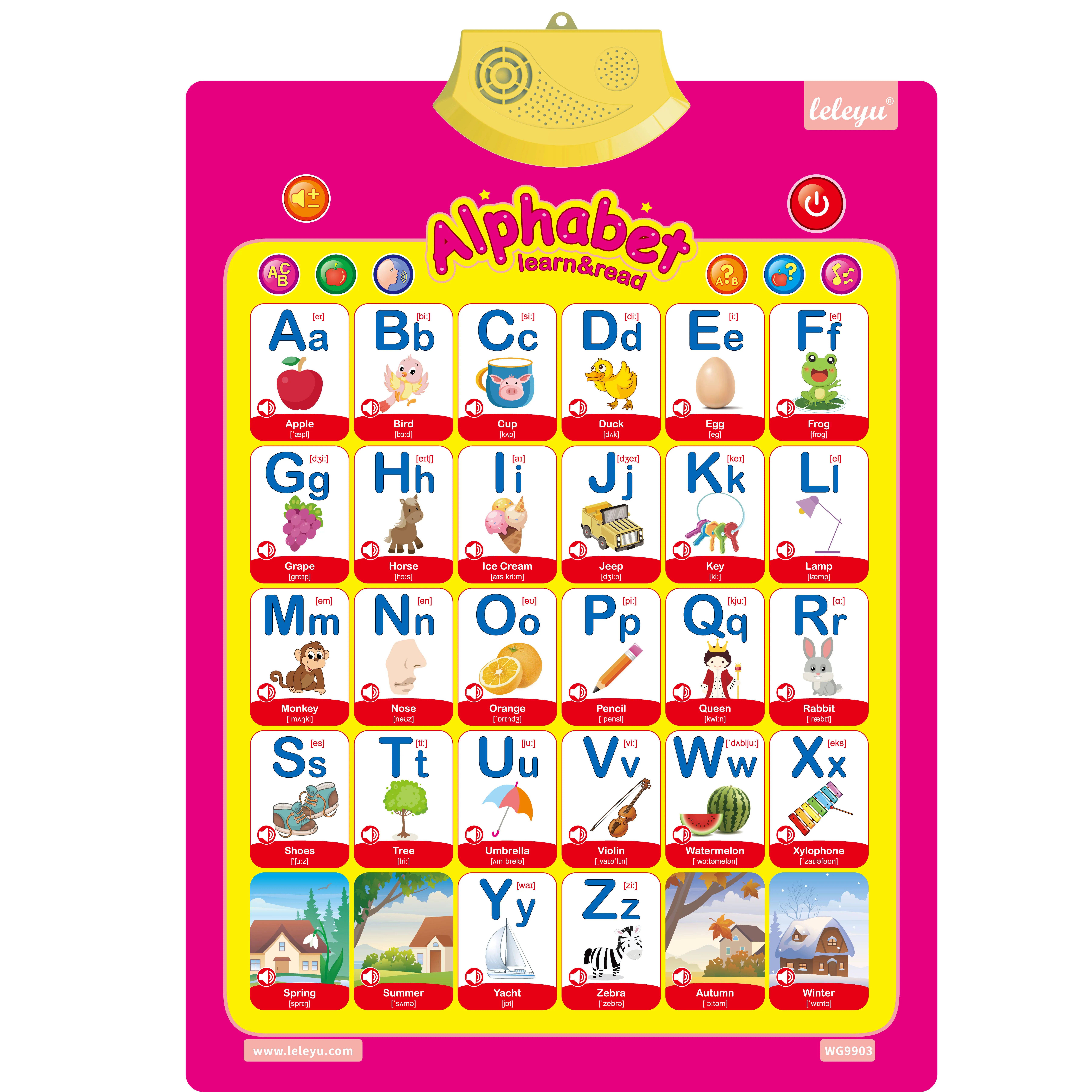

Jenny regularly presents Pronunciation Live sessions on Facebook and Instagram with the Learning English with Oxford team. She has a passion for pronunciation learning and is also the Founder of Phona, publishers of the Say It: English Pronunciation app. Jenny Dance is an English teacher and exam trainer with more than 20 years of experience.

Re-read this article and count how many ‘schwa’ sounds you need to make. The International IPA can look complicated at first sight, but these tips will help you use it to speak and listen to English more effectively, fluently, and confidently. Record yourself and compare your soundwave to the model – then slow the recordings down by dragging your finger over the soundwave to hear how the sounds blend together and pinpoint tricky sections. This helps you understand the sounds you need to make, and in which order. It’s a great way to isolate and compare similar sounds, for example, the vowels in ‘walk’ /wɔːk/ and ‘work’ /wɜːk/.įor each of the 36,000+ words in the app, you can see, tap, and hear the sounds which make up the word. Simply tap a sound tile to hear the phoneme sound. The Say It: English Pronunciation app includes an interactive version of the IPA chart. Can you spot any patterns? Which IPA sounds keep coming up? Find more words with these sounds, and practise those too.ģ: Use an interactive, audio-visual app like Say It: English Pronunciation to bring the sounds to life Look up the IPA and then practise saying the sounds, first in isolation, then blended together. These might be words you come across reading your coursebook, fiction books, on YouTube, or in conversation. Why not start with a pronunciation list of 5-10 words per week. Rather than try to learn all 44 common sounds in British English, identify the most relevant or difficult ones for you and practise those. So, if you only learn one symbol from the IPA chart…make sure it’s the schwa!Ģ: You don’t need to learn all the IPA symbols! The schwa is the most common sound in the English language. It sounds a bit like ‘uh’.ĭon’t be fooled by how simple it seems. This sound is made in the centre of the mouth, with your tongue not touching your lips, teeth, or palate. In the word ‘occasionally’ /əˈkeɪʒnəli/, the first ‘o’ and the ‘a’ in the final syllable are both pronounced as the weak / ə/ vowel, the schwa. It also shows you where vowels are pronounced in a weak form. This means you can get the pronunciation correct WITHOUT being misled by the spelling. The apostrophe indicates the start of a stressed syllable, which is slightly longer and louder. The IPA spellings on the Oxford Dictionaries website show you which IPA sounds are in a word, and which syllables are stressed. This makes it much easier to understand, learn and remember which symbols go with which sounds.ģ reasons why you should START using the International Phonetic Alphabetġ: You won’t have to guess how an English word should be pronounced For example, the /e/ sound is shown as an ‘egg’, and the /ɜː/ sound is a picture of a ‘bird’. The English File Sound Bank has a clever pictogram system to help you relate each IPA symbol to a picture and a short word. This is a great example of how the IPA helps learners understand speaking and listening in English. The spelling makes it look so complex, but in fact, you just need to make three sounds to say this word clearly (admittedly, ‘ thr’ takes a bit of practice, but the rest of the word is just one sound). I love showing students that the word ‘through’ has just three sounds in it: / θruː/. The IPA also shows us that ‘moon’ does rhyme with ‘blue’, ‘blew’, ‘through’, and ‘shoe’, because they all contain the sound / uː/. By looking at the IPA symbols in an English Learners’ dictionary, we can quickly see that ‘moon’ /muːn/ doesn’t rhyme with ‘foot’ /fʊt/ – despite the identical ‘oo’ spelling. The IPA was first developed in the late 19 th century to represent standard English’s forty-four vowel and consonant sounds. What is the International Phonetic Alphabet? In this blog, we’ll take a look at what the IPA is, and why it’s one of the best self-study tools for English. Spelling is not always a good pronunciation guide – but the International Phonetic Alphabet (IPA) is a reliable system that shows you exactly which sounds are in each word.


 0 kommentar(er)
0 kommentar(er)
